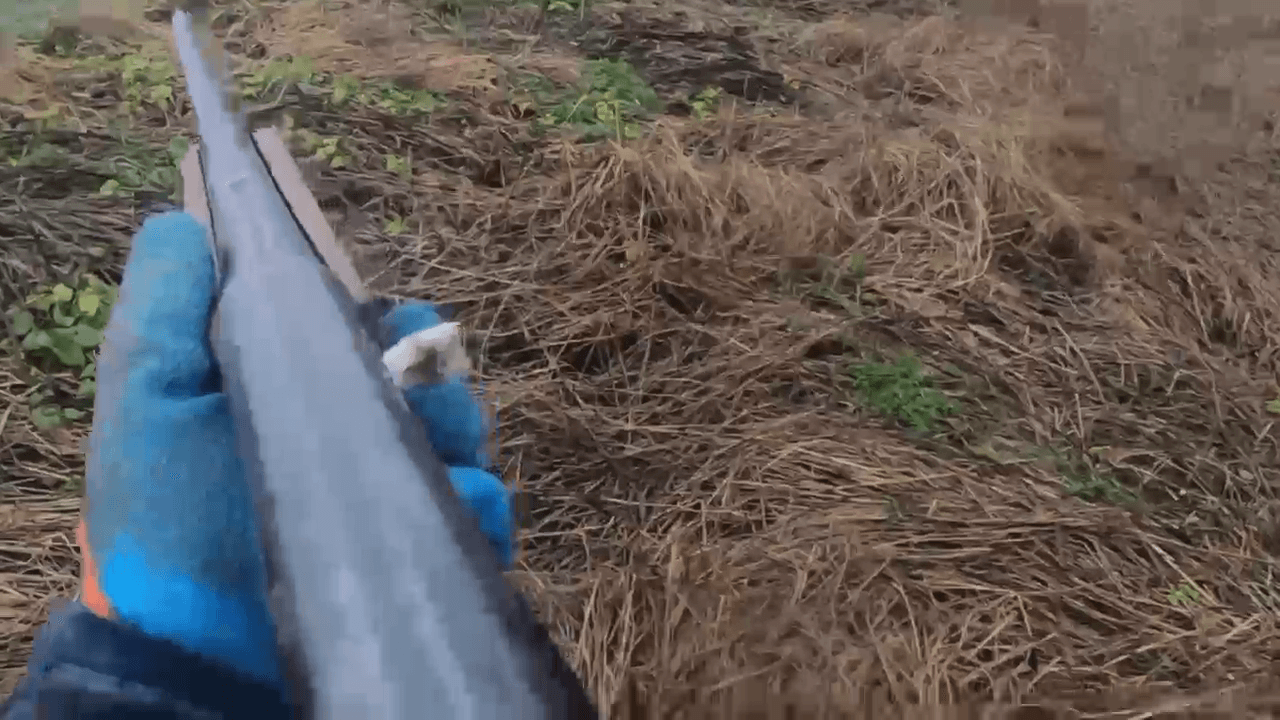
Bear Hunting in Belarus 2025: Legalization, Permits, Auctions, and Trophy Opportunities Table of Contents Bear Hunting in Belarus • Introduction: Bear Hunting Becomes Legal in Belarus • Brown Bear Population and Distribution • Why Hunting Was Legalized • Hunting Season and Permitted Regions • Hunting Methods and Equipment • Weekly Permit Lotteries and Auction System • Trophy Value and Pricing Breakdown • Legal Requirements for Hunters • Final Thoughts and Outlook --- Introduction: Bear Hunting Becomes Legal in Belarus In a landmark move, Belarus officially legalized brown bear hunting in 2025, opening up new opportunities for trophy hunters and game managers. The initiative, led by the Belarusian Society of Hunters and Fishermen (BOOR), introduced a structured system of weekly lotteries and public auctions for hunting permits. With a growing bear population and increasing human-wildlife conflict, the government now allows regulated bear harvesting under strict quotas. --- 🐾 Brown Bear Population and Distribution As of 2025, Belarus is home to an estimated 700–900 brown bears, with the highest concentrations in: • Vitebsk Region: Glubokoe, Dokshitsy, Orsha, Liozno • Minsk Region: Borisov, Logoisk These regions have been designated as official bear hunting zones, based on population density and ecological stability. The bear population has shown steady growth over the past decade, prompting wildlife authorities to consider controlled hunting as a management tool. --- 📜 Why Hunting Was Legalized The decision to legalize bear hunting was driven by several factors: • Increased bear-human encounters, including attacks and damage to apiaries • Expansion of bear habitat into populated areas • Economic potential of trophy hunting tourism • Pressure from hunting organizations, especially BOOR • Scientific recommendations for population control Since the launch of the program, 10 bears have been legally harvested, with plans to allow up to 20 bears annually under strict quotas. --- 📅 Hunting Season and Permitted Regions Bear hunting is permitted from July 1 to December 31, exclusively in: • Borisov Forestry (Minsk Region) • Vitebsk Forestry Units: Gluboksky, Dokshitsky, Liozno, Orsha Only licensed hunters with at least 3 years of experience are eligible to participate. The total annual harvest is capped at 30 individuals, with 70% allocated via weekly lotteries and 30% through public auctions A B. --- 🎯 Hunting Methods and Equipment Approved bear hunting methods include: • Ambush hunting near feeding trails • Stalking in dense forest terrain • Use of bait (regulated and monitored) • Rifle calibers: .30-06 Springfield, .338 Win Mag, .375 H&H, .300 PRC • Optics: Night vision and thermal scopes allowed with special permits Hunters must use bolt-action or semi-automatic rifles with a maximum of three rounds in the magazine. Bow hunting and hunting with dogs are currently prohibited. --- 🏆 Weekly Permit Lotteries and Auction System BOOR organizes weekly digital lotteries using a randomized selection system. Only hunters who have not previously won are eligible to participate. In addition, up to 30% of the annual quota is sold via public auctions, where: • Bidding starts at 2,000 Belarusian rubles (~$600 USD) • Permits are awarded to the highest bidders • Auctions are held monthly This dual system ensures fairness while generating revenue for wildlife management. --- 💰 Trophy Value and Pricing Breakdown Bear hunting in Belarus is considered a premium-tier experience. Here’s a breakdown of typical costs: Text Table: Bear Hunting Costs in Belarus • Lottery Permit (if won): Free or symbolic fee • Auction Permit: $600–$2,000 USD • Guide Services: $100–$200 per day • Accommodation: $30–$100 per night • Trophy Preparation: $150–$300 • Taxidermy (full mount): $1,000–$2,500 • Export Documentation: $50–$100 Trophies with large skulls and thick pelts are highly valued, especially in European and North American markets. --- 📄 Legal Requirements for Hunters To participate in bear hunting, hunters must: • Be registered with BOOR or an affiliated organization • Have at least 3 years of hunting experience • Pass safety and ethics training • Obtain firearm and hunting licenses • Comply with CITES regulations for trophy export • Use approved outfitters for guided hunts Foreign hunters may participate through licensed tour operators, with visa-free access for up to 30 days from select countries. --- 🔍 Final Thoughts and Outlook Bear hunting in Belarus is now a regulated, high-value activity that balances conservation with economic development. With structured access, transparent permit systems, and growing interest from international hunters, Belarus is emerging as a new destination for big game hunting in Eastern Europe. Whether you’re a seasoned trophy hunter or a wildlife manager, the Belarusian bear hunt offers a rare opportunity to engage with one of Europe’s most iconic predators—legally, competitively, and with full logistical support. 🌍 International Interest and Hunting Tourism in Belarus With the legalization of bear hunting, Belarus is rapidly gaining attention from international trophy hunters, particularly from Germany, Poland, and the Baltic states. The country’s dense forests, controlled quotas, and transparent permit system make it an attractive alternative to Russia or Scandinavia. Licensed outfitters now offer turnkey bear hunting packages, including guided hunts, trophy preparation, and export documentation, positioning Belarus as a rising destination in the European big game hunting market. --- 📈 Impact on Local Economy and Wildlife Management The introduction of bear hunting has already begun to stimulate rural economies, especially in forested regions like Vitebsk and Minsk. Revenue from auctions and guided hunts is reinvested into wildlife monitoring, habitat conservation, and anti-poaching efforts.
Post: 17 September 08:58






